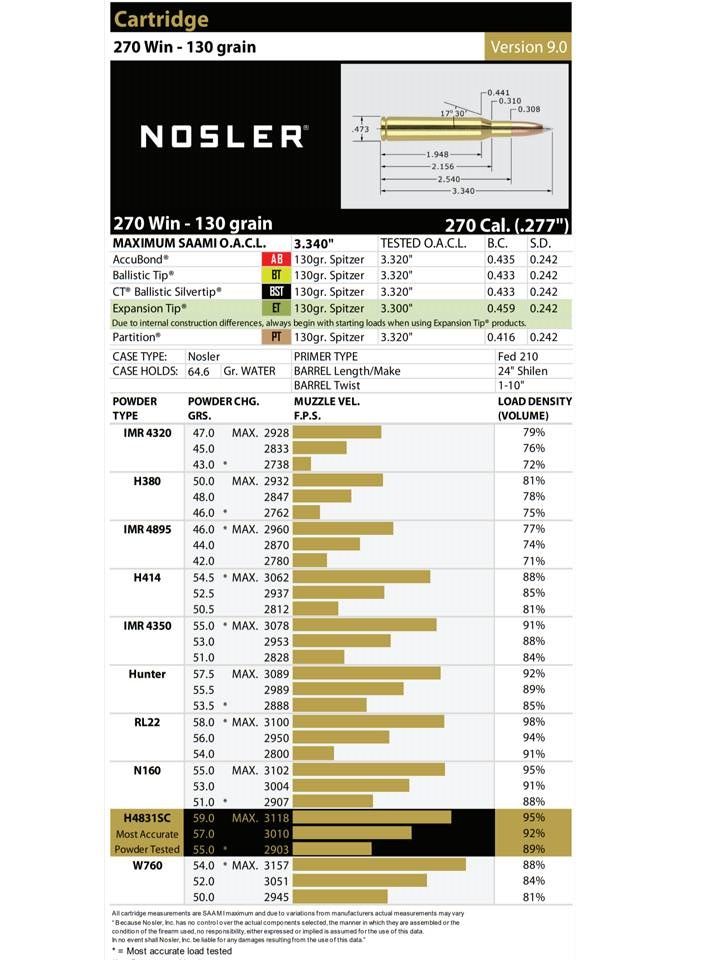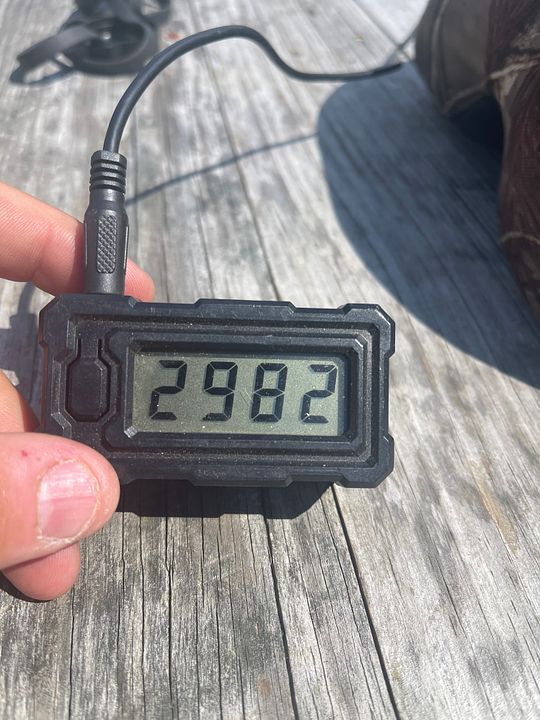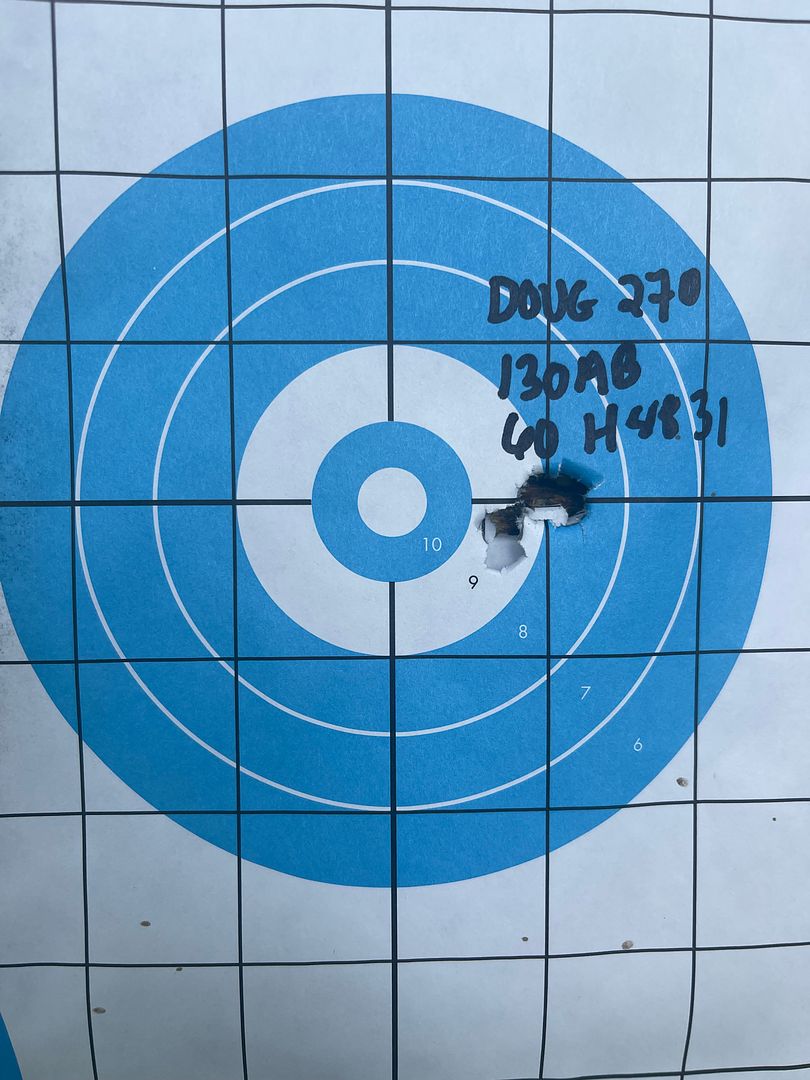I have a Ruger American in 243 (22 inch barrel) that has proven to be very accurate with 95gr SST bullets and 65 gr V-Max bullets. I have been working on developing a 95 gr Nosler ballistic tip hunting load for this rifle. What I have noticed over the few years that I have owned this rifle and tested it, is that I never get even close to book speeds. Example: I have loaded a max load of Reloader 16 40.5 grains with the 95 gr NBT and my average velocity was 2820 fps. This is darn near 300 fps slower than Alliants data. I know that what powder manufacturers state and what reloaders actually get are rarely the same. However I keep very good records of loads that I create and chrono and I have noticed 200-300 fps difference with a variety of powders I have tried.
I know that shot placement is way more important than velocity but without initial velocity in a caliber like 243 there is a lot of energy left out of the equation. My son has a compact Rem 700 in 243 that has a 18 inch barrel and I get more velocity with the same load out of his rifle than I do mine, so I know it is not my loading process. Any idea what I should / could do with this rifle to try and get the velocity that I should be getting?
I know that shot placement is way more important than velocity but without initial velocity in a caliber like 243 there is a lot of energy left out of the equation. My son has a compact Rem 700 in 243 that has a 18 inch barrel and I get more velocity with the same load out of his rifle than I do mine, so I know it is not my loading process. Any idea what I should / could do with this rifle to try and get the velocity that I should be getting?










